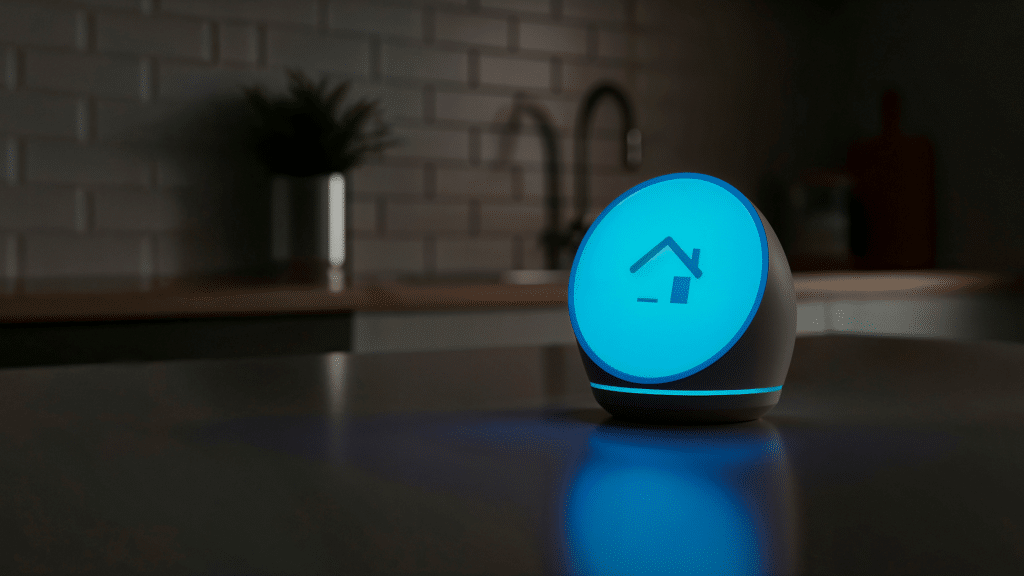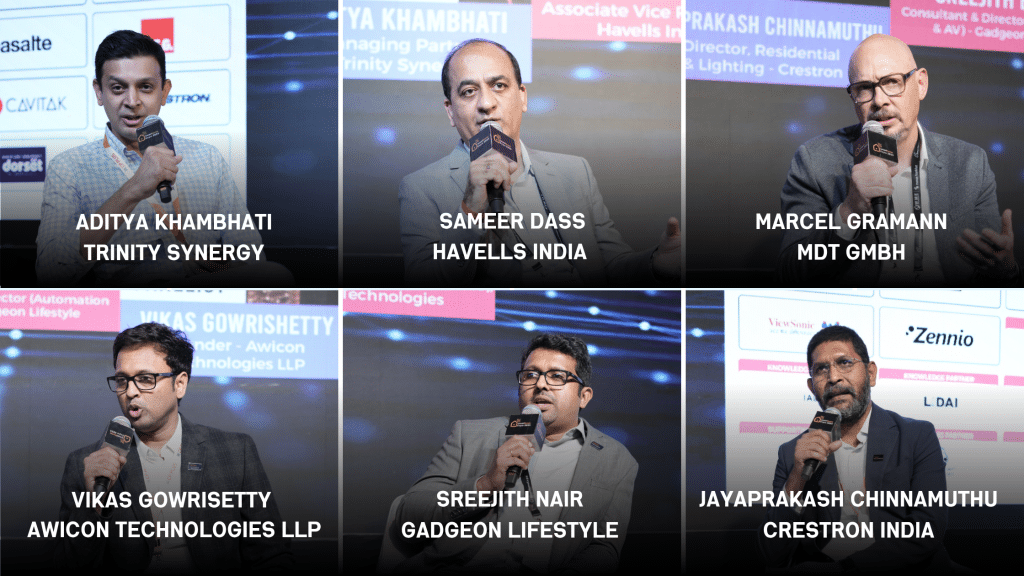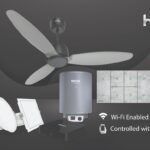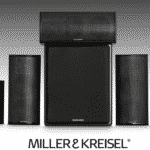
Is Hybrid Automation emerging as the ideal middle ground between Wired and Wireless systems, offering the best of both worlds? Experts share their insights on how this might be the most reliable option in the coming years.
What’s next? What’s new? These were the questions echoing through the halls of Smart Home Expo 2025, where architects, interior designers, builders, and system integrators visited Smart Home Expo 2025 with one common goal: to explore the latest in Smart Home Automation and Smart Technology and also learn what the future holds in this segment. With rapid advancements in both wired and wireless automation technologies, the buzz was no longer limited to choosing between the two. Instead, a new solution is emerging—one that embraces the best of both worlds, was Hybrid solution.
“As the home automation industry continues to mature, the conversation is rapidly shifting toward hybrid systems—an innovative integration of both wired and wireless technologies that offers the best of both worlds,” says Aditya Khambhati, Managing Partner, Trinity Synergy.
Advantages of Wired and Wireless
It has been known for years that traditionally, wired systems have been favoured for their reliability, speed, and long-term stability, particularly in new construction and large-scale residential or commercial projects. These systems, built on robust protocols like KNX, RS485, DALI, and Modbus, are ideal for core infrastructure—such as lighting, HVAC, and security—ensuring minimal latency and maximum uptime.
On the other hand, wireless systems have seen widespread adoption due to its flexibility, ease of installation, and retrofit-friendliness. Technologies such as Zigbee, Z-Wave, Wi-Fi, and Bluetooth allow for intuitive control via smartphones, voice assistants, and app interfaces. This makes wireless solutions especially attractive for existing homes, small apartments, or projects where minimal structural change is desired.

Now, industry experts are rallying behind hybrid systems as the future of intelligent living. These systems leverage a wired backbone for mission-critical functions, while adding a wireless layer for modular upgrades, user personalization, and mobile control. A middleware or gateway device bridges the two technologies, allowing seamless integration and synchronization. This results in a smart home that is not only highly reliable but also scalable, adaptable, and user-centric.
The advantages of hybrid automation are significant. Installation becomes more cost-effective and phased, allowing homeowners and builders to prioritize critical infrastructure upfront and add advanced features later. Reliability is maintained for core systems, while the flexibility of wireless allows for ongoing enhancements, even post-occupancy. Maintenance becomes easier too—wired systems require little intervention, while wireless components can be updated over-the-air.
At the Smart Home Expo 2025, this sentiment was echoed across panel discussions and product showcases. In particular, the session titled “Wired vs. Wireless: Choosing the Right Ecosystem for Indian Homes” highlighted how hybrid systems are no longer a trend but a strategic evolution in the way homes are designed and lived in.
Why Hybrid Is Gaining Momentum?
As the smart home industry continues to evolve, hybrid automation systems are quickly emerging as the next big leap. Experts across the board are recognizing hybrid as the most balanced approach—merging the robust performance of wired infrastructure with the flexibility and scalability of wireless technologies. This dual-layered model is ideal for tackling complex design requirements, optimizing installation costs, and enabling phased, future-ready upgrades.

“The hybrid approach offers the perfect middle ground,” notes Aditya Khambhati, Managing Partner at Trinity Synergy. “It’s well-suited to today’s diverse project needs and tomorrow’s evolving tech landscape.”
This sentiment was echoed at the Smart Home Expo 2025 during the panel discussion “Wired vs. Wireless? Choosing the Right Ecosystem for Indian Homes.” As the discussion unfolded, one message became increasingly clear: hybrid automation is not just a passing trend—it’s fast becoming the cornerstone of intelligent living, both in India and globally. By harnessing the strengths of both systems, hybrid solutions empower homeowners, designers, and integrators to craft smart spaces that are not only reliable and high-performing, but also scalable, personalized, and visually seamless.
Expert’s Views
Sameer Dass, Associate Vice President, Havells India
“To truly deliver effective automation, it’s crucial to first understand what the customer needs and then tailor the solution accordingly. We’re heading toward a unified platform where wired and wireless systems converge—each playing to its strengths. Wired setups will remain essential for high-speed, high-reliability applications like streaming and always-on devices, while wireless will offer unmatched flexibility and ease of integration. In the near future, homes will feature seamlessly connected systems managed through a single, intuitive user interface. I believe we’re just two to three years away from this becoming a standard reality. The future is undoubtedly hybrid.”
Marcel Gramann, Executive Board Member (Global Sales), MDT
“It’s clear that different systems come with different requirements—some demand physical infrastructure, while others operate through wireless communication protocols. Each has its advantages, depending on the application. However, the real power lies in combining the two. A hybrid system integrates the reliability and performance of wired installations with the flexibility and scalability of wireless solutions. This approach not only adapts to the unique needs of each space but also ensures long-term efficiency and user convenience. I couldn’t agree more with the sentiment shared earlier—hybrid is the future.”
Sreejith Nair – Consultant & Director (Automation & AV), Gadgeon Lifestyle
“There’s a lot to consider when weighing the pros and cons. Our priority is always to provide a reliable solution tailored to the client’s specific needs and technology requirements. Having worked extensively with hybrid systems, I firmly believe that hybrid solutions offer the best balance.”

Vikas Gowrisetty, Founder, Awicon Technologies LLP
“Wired and wireless systems each serve different needs. Wired solutions are ideal for professional setups requiring reliability and expert installation, while wireless offers flexibility and ease for smaller spaces or users seeking simpler options. As wireless technology evolves and standards become unified, integration will become much smoother. Both technologies will continue to coexist, complementing each other in creating effective automation systems.”
Jayaprakash Chinnamuthu – Director – Residential & Lighting, Crestron India
“When working on a greenfield project—building from scratch—I always recommend a wired system for most of the installation. Wired connections offer unmatched reliability, especially for fixed components like lighting and security. However, for retrofits where wiring isn’t feasible, wireless is the go-to solution. When it comes to smart home, there are multiple subsystems—lighting, security, audio, video—each with its own requirements and protocols. It’s important to design these systems to communicate seamlessly and build a robust overall solution. I would vouch for a hybrid system.”
Futuristic Outlook
While hybrid automation is gaining strong support and shows great promise, the smart home industry is still evolving rapidly. Whether this approach will become the definitive standard or give way to new innovations remains to be seen. As technologies continue to advance and user needs shift, the true future of smart home automation will unfold over time. For now, all eyes remain on how wired and wireless solutions will continue to blend—and only time will tell what comes next. Let’s wait and watch.















